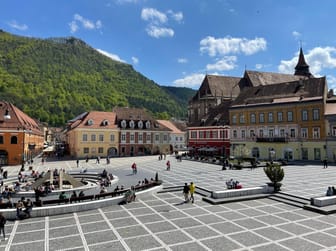Catherine's Gate
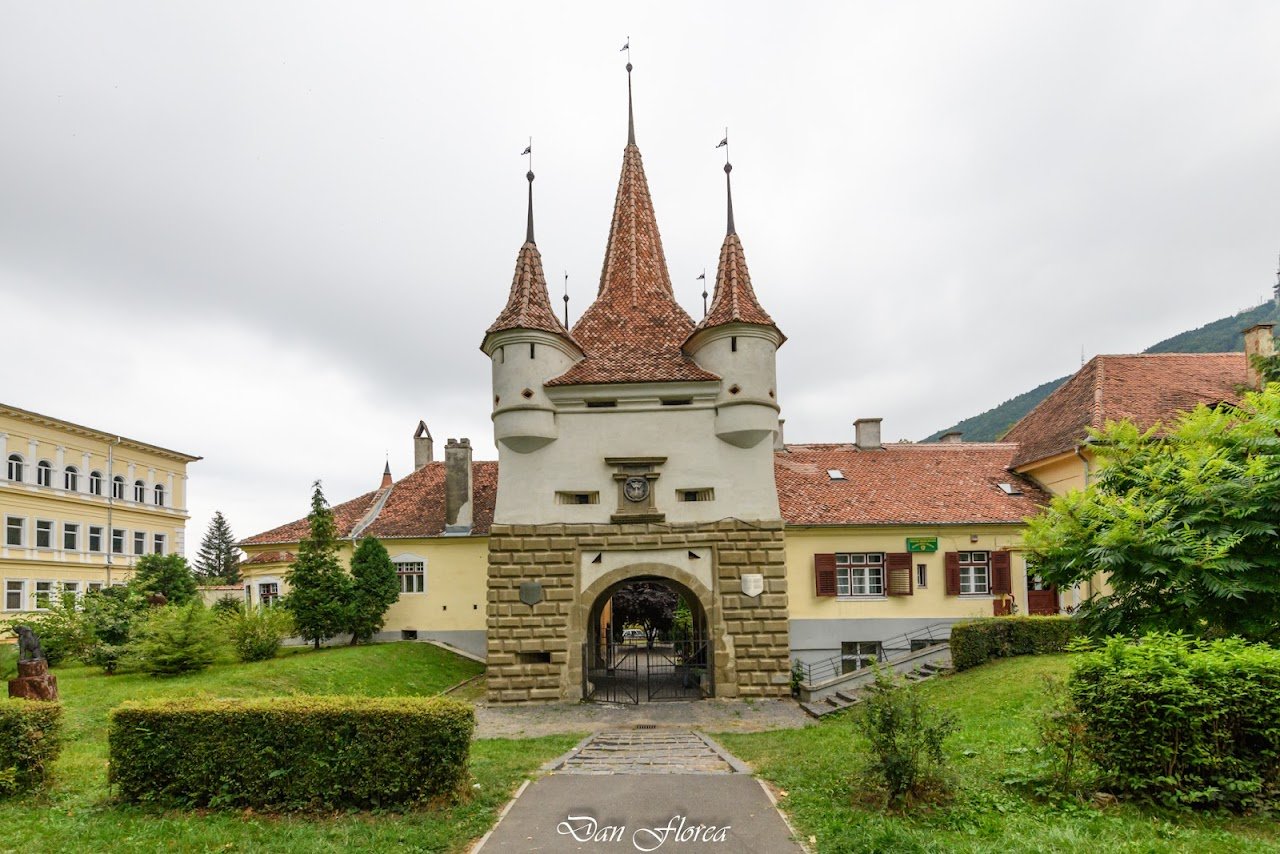
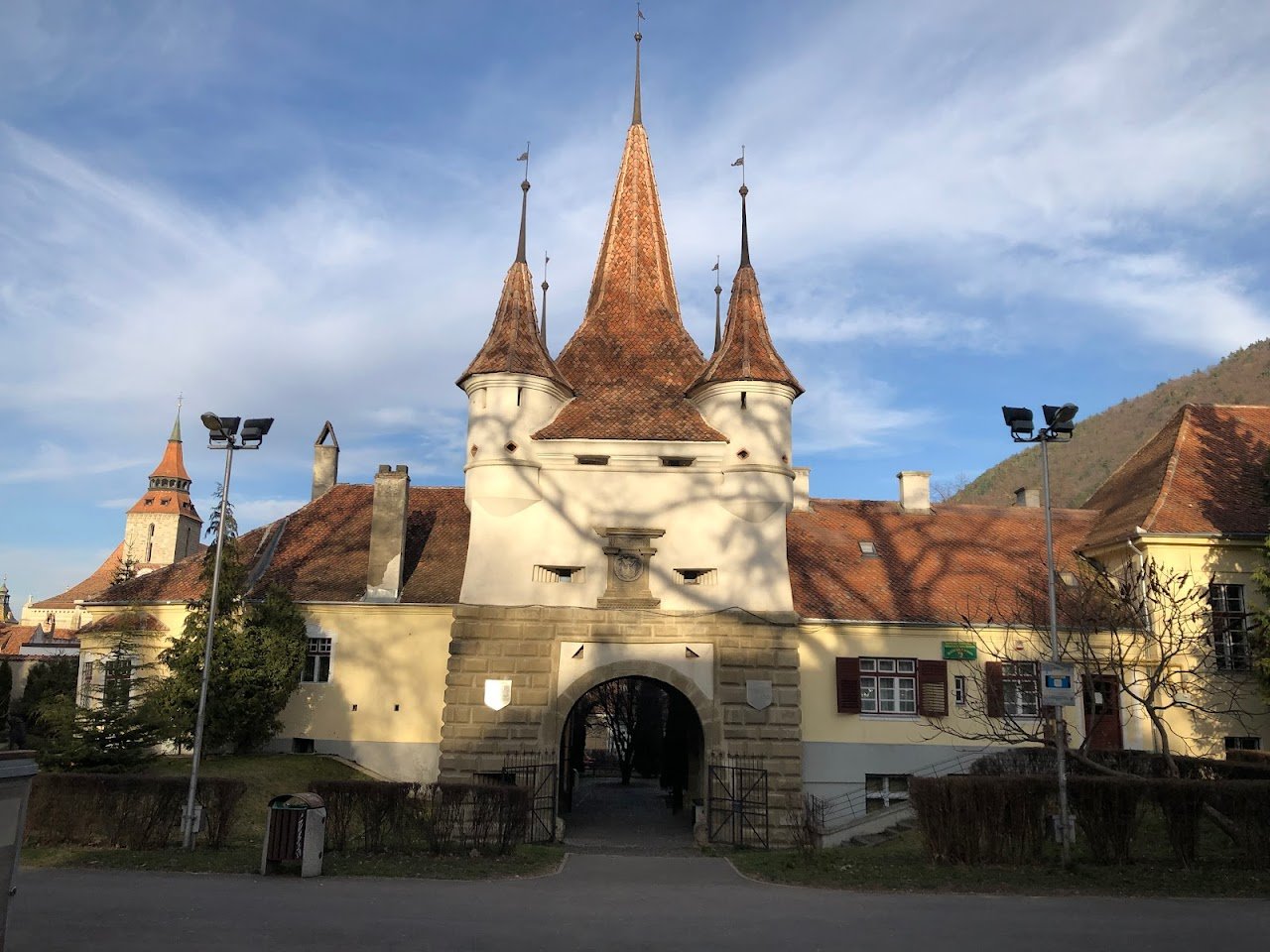
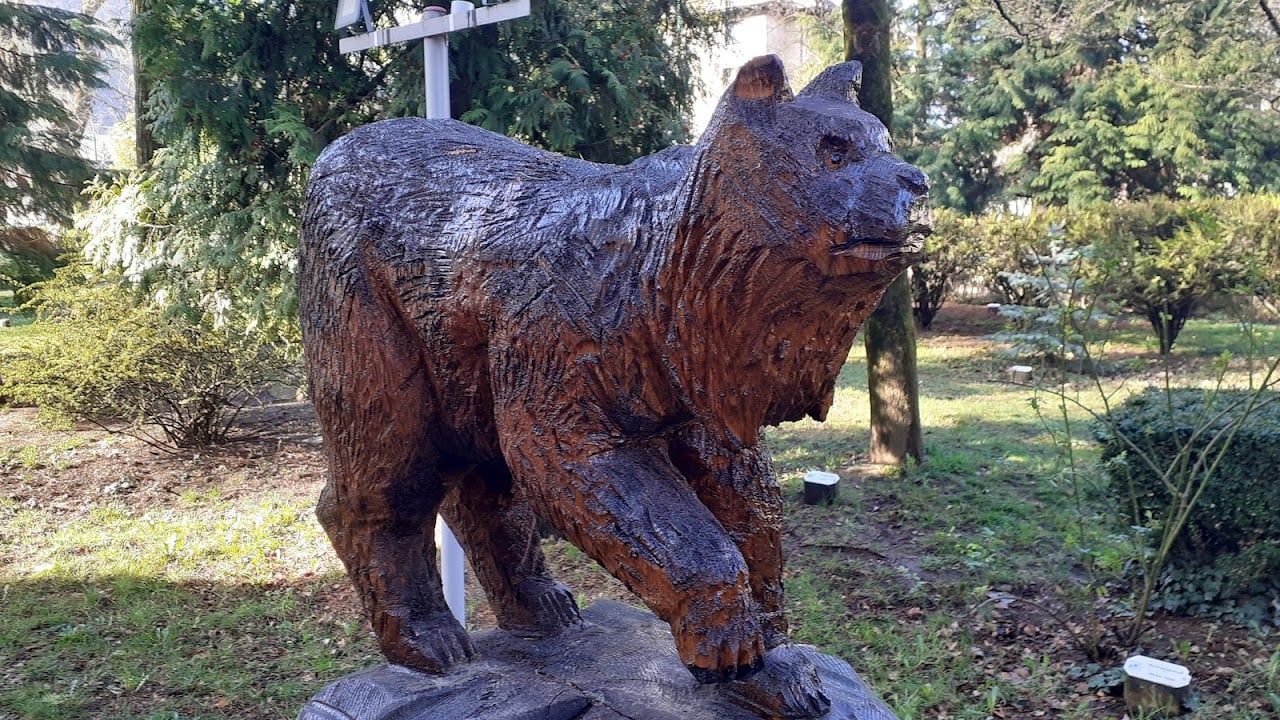
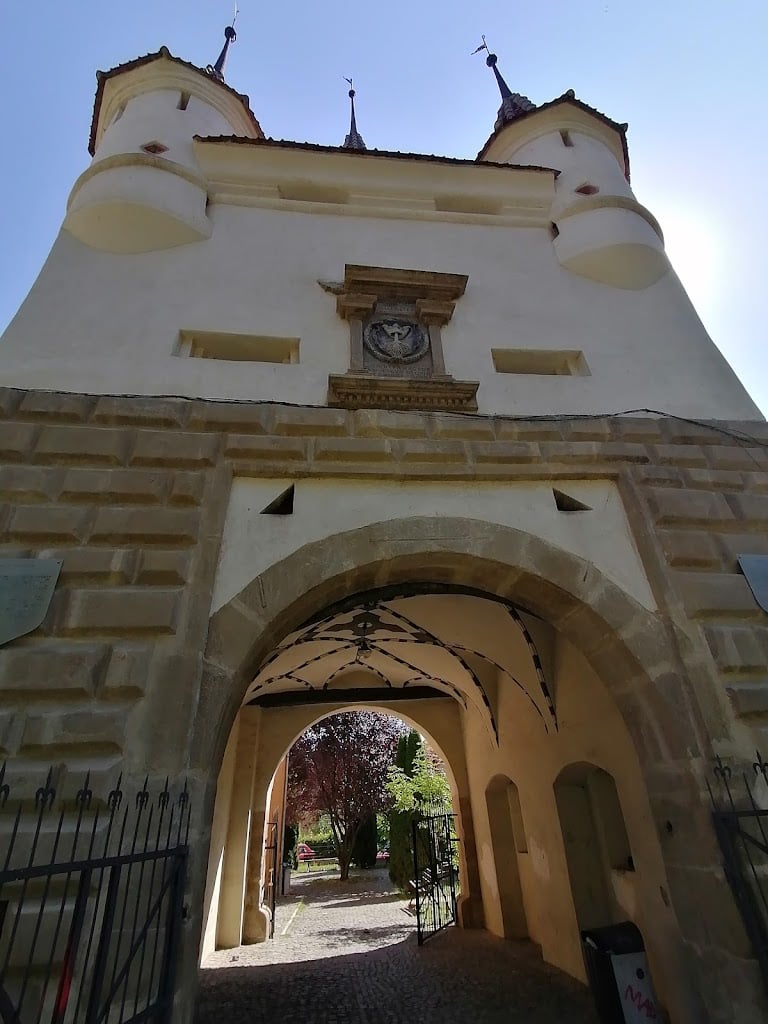
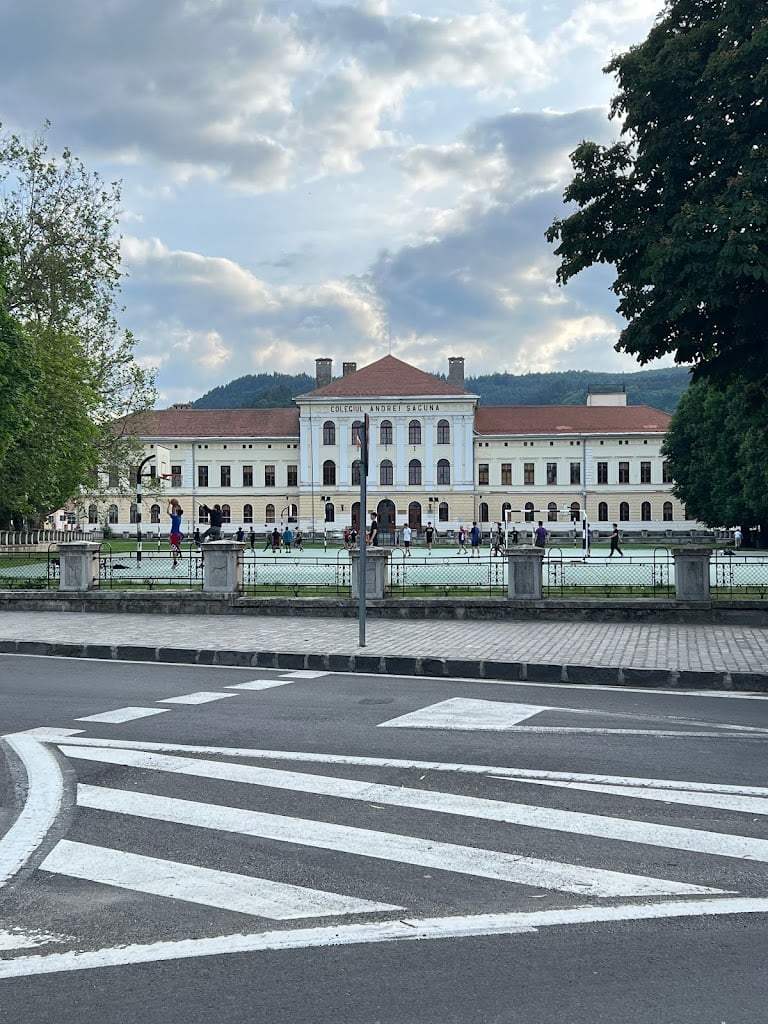
Ask ThatchGPT
Suggest a local expert to plan my trip
Suggest an unique itinerary for my Romania trip
What foods do Romania locals eat
What are some true hidden gems in Romania
Help me brainstorm trip ideas for Romania
Help me plan a family-friendly trip to Romania
What people say
Pedro Pereira
Available for hire
"Catherine's Gate (or Poarta Ecaterinei as they call it in Romanian) is part of the old defensive complex. It was built in 1559 by the local Tailors’ Guild to replace the old gate which was destroyed by flooding in 1526. It is named after the St. Catherine's Monastery that stood here before. This is the only original city gate to have survived since the medieval period.
Interesting fact is that during the Saxon rule - between the 13th and the 17th centuries - the Romanians were forbidden from owning property inside the fortress and could only enter the town at certain times. At entry, they were to pay a toll for the privilege of selling their goods inside the citadel. The four small corner turrets of the gate symbolize the town's judicial autonomy and in particular "the right of the sword" which is the right to execute. Above the gate is the city's coat of arms, featuring a crown on an oak tree trunk and roots."
Amy Crowder
Available for hire
"Walk through one of the old gates into the walled medieval city of Brasov.
The 4 turrets, looking very fairy-tale-esque, were a sign of jurisdiction.
The gate is situated between Poarta Schei, or Schei Gate, and the College of Forestry building for the University of Transylvania.
Directly inside the city wall through the gate is a peaceful garden with benches. The area outside the old city wall includes a walking path around the university building with benches, trees and plants with labels of type/species, and carves wooden sculptures of native animals.
Poarta Ecaterinei is a perfect place to snap pictures. Not only is the gate beautiful. You can also see Biserica Neagra, the Black Church, towering behind it and the BRASOV sign atop nearby Mount Tâmpa. "
Mentioned in these guides
About Catherine's Gate
Get the inside scoop on Catherine's Gate from local experts, travel creators, and tastemakers. Browse genuine trip notes, Catherine's Gate reviews, photos, travel guides, and itineraries from real travelers and plan your trip with confidence.
Save this spot for later or start mapping out a new trip today
Try our AI Travel Assistant and get instant answers to any questions about your trip.
Ask ThatchGPT
